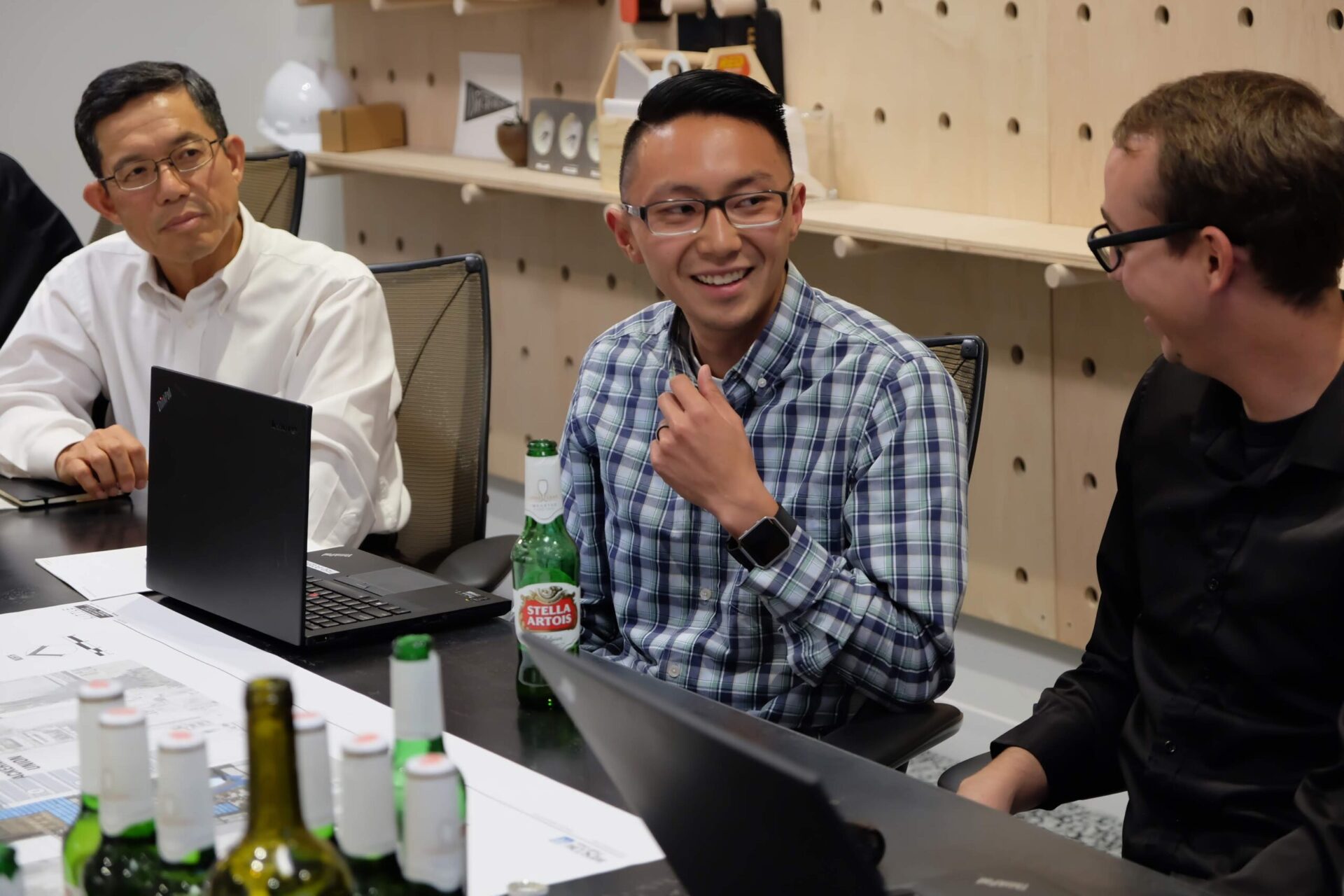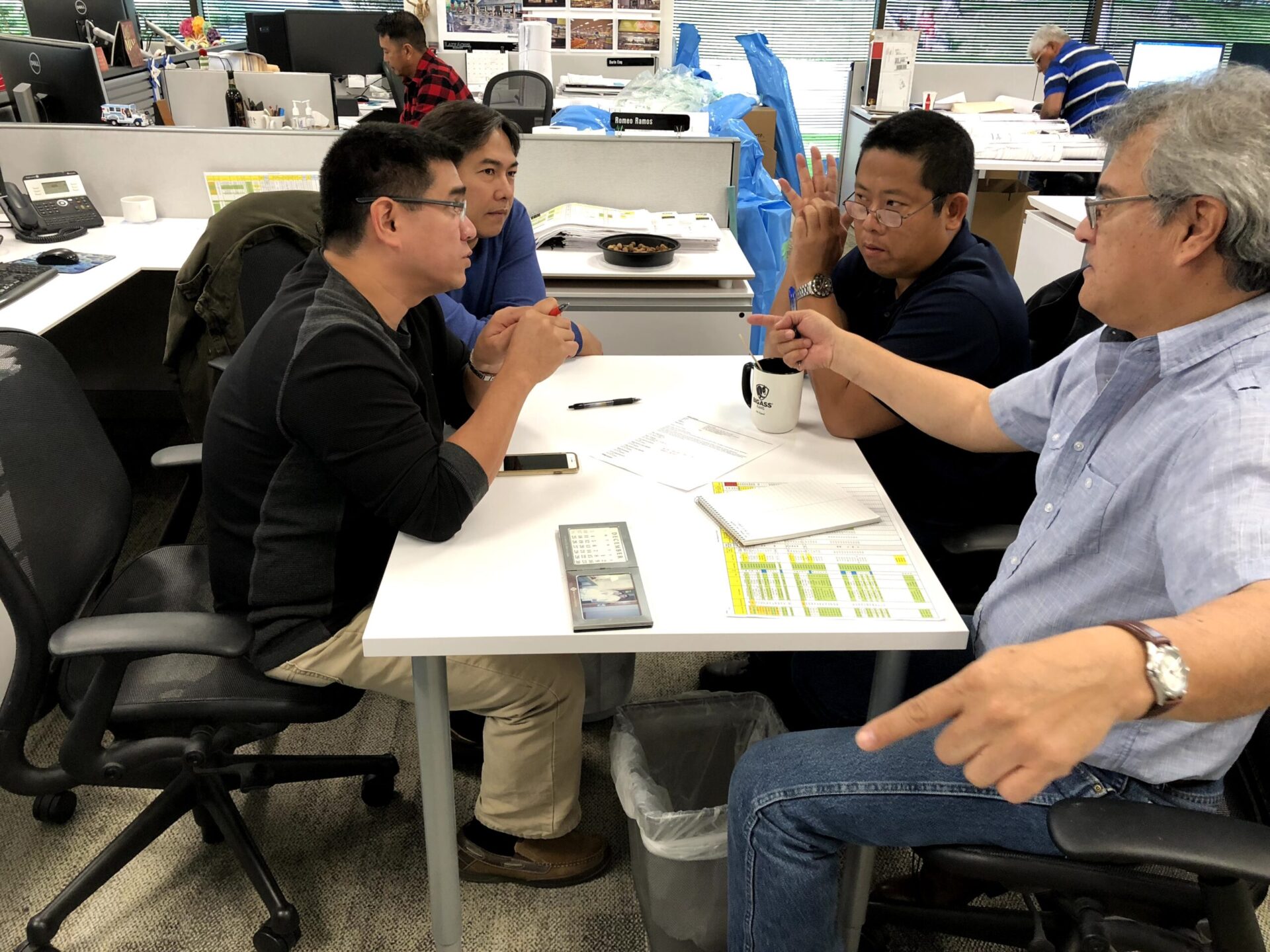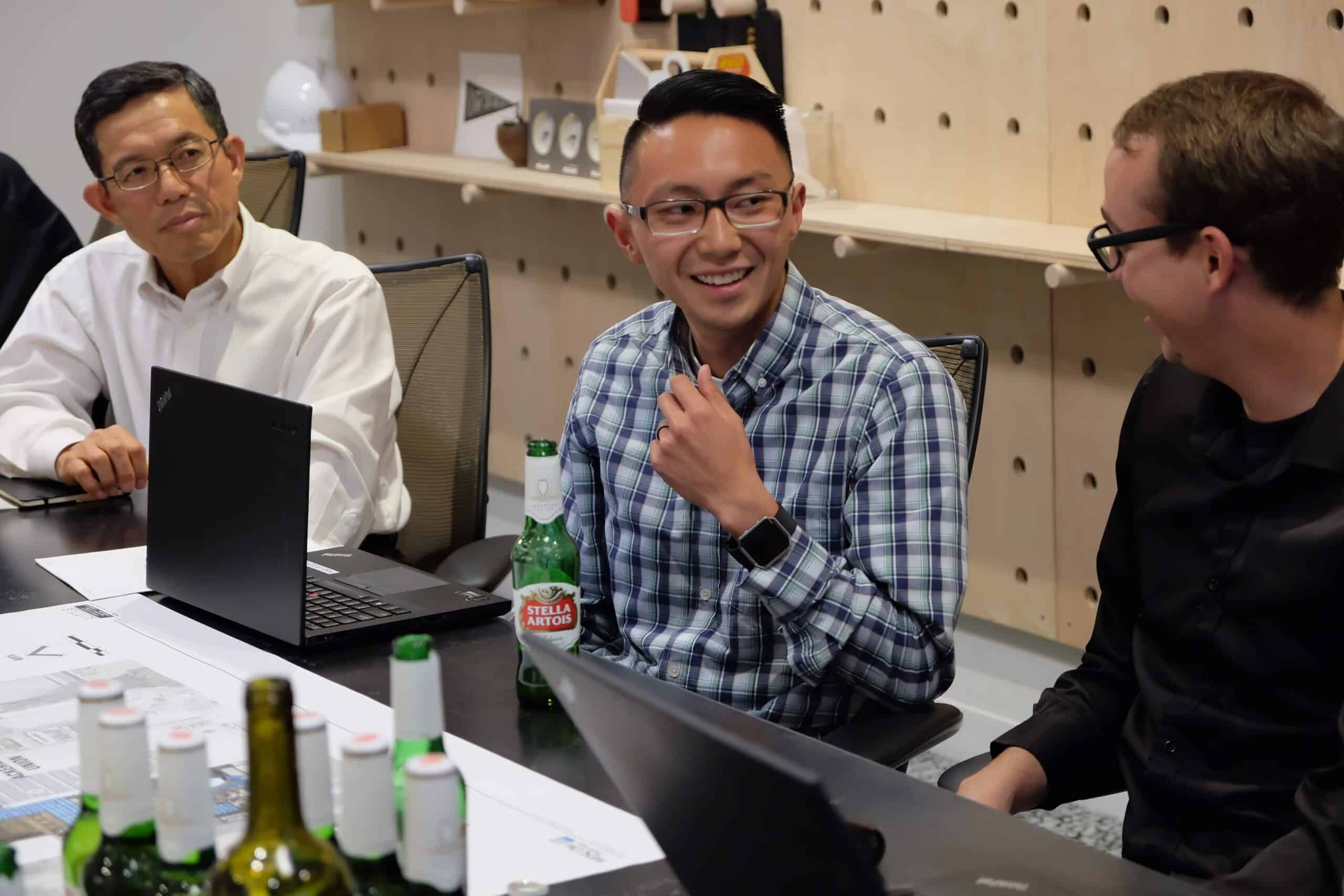Our ability to reach unity in diversity will be the beauty and the test of our civilization.
– Mahatma Gandhi
In 2016, AIA conducted a study of diversity in the profession of architecture that revealed the considerable challenges that gender and race have in the workplace advancements of minorities. According to this study, minorities report less job satisfaction than their white and male counterparts and are more likely to leave the profession. The social justice movement, as well as the pandemic shift, is changing the way we look at diversity in the workplace, but, unless we empower diversity in the workforce using structured programs designed to retain talent, we risk creating a disproportionate workforce that is not representative or inclusive of global, cultural, and racial demographics.
How does lack of diversity in the design community affect architecture?
As the architecture profession focuses on fixing spatial injustices and addressing implicit and explicit biases in the built environment, the lack of diversity in the design community will lead to ineffective and insincere attempts at inclusions based on gender, race, culture, and disabilities. Built-environment aesthetics and interactions that depend on the study of human diversity will not be able to bring human-centric distinction to design. Instead of garnering input from communities that are currently not well represented in the built environment and creating a “whole” solution, we will continue to propagate inequitable design solutions that will not shift the built environment toward a more inclusive state.
How do we encourage a diverse pipeline?
Our first article in this series, “Addressing Inequities Part 1: Representation in Practice” by Kristina Quintanilla, touched on growing the pipeline in architecture through strategic initiatives such as Project Pipeline by NOMA and Youth Career Connections by United Way. In order to increase diversity in architecture, we need to provide students with more exposure to the profession through initiatives that create inclusive and engaging architecture programs. Scholarships geared toward supporting minority students in architecture programs will help increase representation from underrepresented communities. Additionally, strategic internship events will help connect minority students with minority architects and foster relationships of relatable role models.
How do we grow a diverse workforce?
The evolution of the workforce into diverse and multicultural teams should lead to “bridging the gap”. In other words, this means developing diverse and multicultural teams to challenge the traditional hierarchical structures of organizations. Focusing on creating a seamless bridge between cultures, while allowing self-expression and respect for each other’s lifestyles and customs, will foster a collaborative work environment with increased mutual understanding. Forming employee resource groups to connect with others who identify similarly will foster a sense of belonging among teams, eventually leading to employee retention.
How can mentorship help engage a diverse workforce?
Little’s Senior Associate and Mentorship Development Committee Facilitator Frank Debolt says, “The vision is to develop reverse and cross mentoring programs so that we learn from people who are different from us, helping us expand our horizons and become better thinkers.” Mutual goals help enhance skills and build innovative partnerships. Mini-grant programs, such as Little’s “Lace Up” program, take the culture of exploration beyond project work and encourage individual initiative toward breakthrough thinking. Such strategic programs increase team engagement and elevate our responses to the built environment challenges by bringing diverse perspectives to the conversations.

How can cross-cultural mentorship help advancement?
Minorities tend to gravitate toward mentors that originate from a similar racial, ethnic and cultural background or gender to form a trusting relationship through relatability. Leadership concepts translate better within the identity-conscious similarity, but cross-cultural mentorships provide meaningful opportunities to dismantle barriers to success through improved intercultural sensitivity within the organization. While providing minorities equitable access to resources for success, cross-cultural mentorships help leaders understand the expectations of diverse teams through improved engagement. By honoring and respecting diversity, such strategic mentorships also increase cross-cultural competency within organizations while providing meaningful frameworks to lean in. Structured communication helps individuals understand and acknowledge barriers to success and curb a minority middle-management plateau through instructional and developmental mentorship.
How can “returnships” help non-linear career growth?
According to a survey conducted by “Equity by Design” in 2018, mothers are seven times more likely than fathers to report working a reduced schedule to accommodate caregiving. This pinch point invariably leads to considerable economic impact on a woman’s career with increased pay gap and sometimes shortened careers. Strategic involvement of those who are left out from the traditional and linear career paths through “returnships” or re-entry opportunities will help individuals with skills, education and competency integrate into the workforce. One such measurable outcome is the return of Rezvan Parsa, Project Manager in Little’s Healthcare Studio. After taking a break to parent her twins, Rezvan has successfully returned to work with a strategic returnship program of reduced hours to help her achieve work-life balance while providing her an equitable opportunity geared toward closing the gender gap in the profession.
The demographic shift by 2045 is projected to be toward a Hispanic and non-white majority. With a growth mindset approach to justice, equity, diversity, and inclusion, organizations will be prepared for a global workforce with increased cultural competency as well as transcultural acceptance.
“For me, being a ‘hybrid’ person (dual culture), I truly value the concept of perspectivism and the impact it can have in design and architecture. Travel and culture have shown me over the years that there are multiple ways to do something, to solve a problem, to tackle a challenge. That exposure opens your mind,” says Design Partner, Tomas Eliaeson. “I value the fact that our industry needs to diversify faster, and that diversity will enrich the future of design and architecture. We will be stronger as a firm and as an industry if we elevate multiple voices. It starts with hiring new and diverse talent and then, cross-mentoring them by working together through the design process.”


